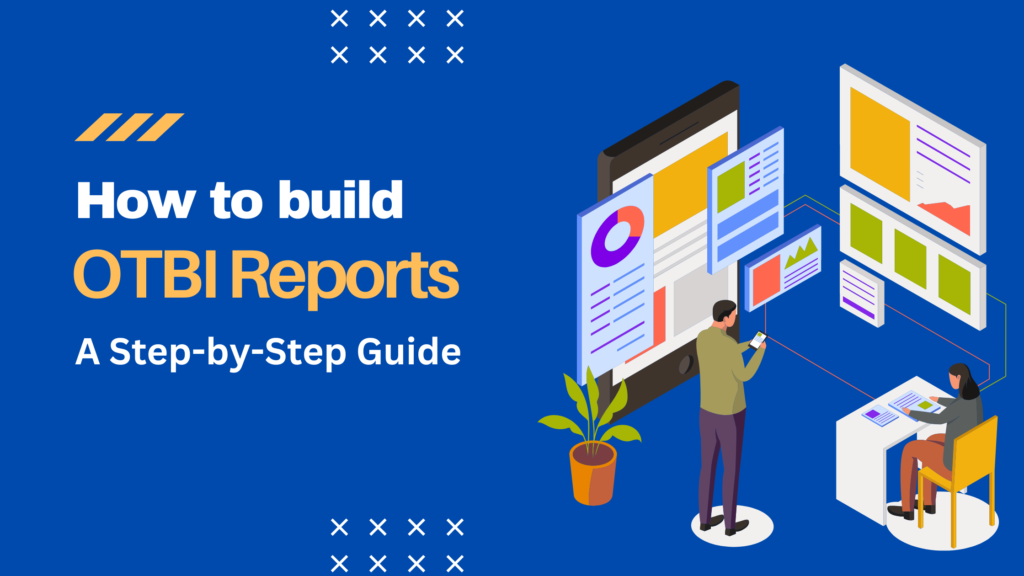How to build OTBI Reports

Title: Elevate Your Reporting Skills: A Comprehensive Step-by-Step Guide to OTBI Reports
Introduction:
Oracle Transactional Business Intelligence (OTBI) is a powerful reporting tool that enables users to extract meaningful insights from Oracle Cloud applications. In this blog post, we will provide you with a comprehensive step-by-step guide on how to build OTBI reports effectively.
- Understand Your Reporting Requirements:
Before diving into building OTBI reports, it is essential to clearly define your reporting requirements. Consider the data you need to analyze, the key metrics you want to measure, and the visualizations required to communicate your findings effectively. This step ensures that your reports align with your business objectives and deliver actionable insights. - Accessing OTBI:
To access OTBI, navigate to the Oracle Cloud application that holds your data. Locate the OTBI icon or link to access the reporting tool. If necessary, contact your system administrator to grant you the required privileges. - Selecting Subject Areas:
OTBI reports are built using subject areas, which represent different functional areas within your Oracle Cloud application. Choose the subject area that corresponds to the data you want to analyze. For instance, if you want to create a report on sales performance, select the Sales subject area. - Building Data Models:
After selecting the subject area, start building your data model. Add columns, apply filters, create hierarchies, and join multiple subject areas if needed. Use the features provided by the OTBI tool to refine your data model and ensure it accurately represents the information you require. - Designing the Report Layout:
Design the report layout using tables, charts, pivot tables, and gauges available in OTBI. Choose the appropriate visualization types based on the insights you want to convey. Experiment with different layouts and formatting options to create a visually appealing and user-friendly report. - Applying Filters and Prompts:
Apply filters and prompts to make your reports interactive and dynamic. Filters limit the data displayed based on specific conditions, while prompts enable users to input their own values and parameters for further customization. - Adding Calculations and Aggregations:
Incorporate calculations and aggregations into your OTBI reports to derive meaningful insights. Utilize built-in functions or create custom formulas to perform calculations such as summing up sales totals or calculating average values. These calculations help you derive key performance indicators (KPIs) and make data-driven decisions. - Saving and Sharing Reports:
Save your OTBI report with a descriptive name in a suitable folder within the OTBI interface. This allows for easy access and future use. You can also share your reports with other users or teams, enabling collaboration and leveraging the insights you’ve generated.
Conclusion:
Building OTBI reports empowers users to extract valuable insights from Oracle Cloud applications. By following this step-by-step guide, you can create customized reports that align with your business objectives and deliver actionable insights. Continuously refine and optimize your reports as your business needs evolve to ensure their accuracy and relevance.
